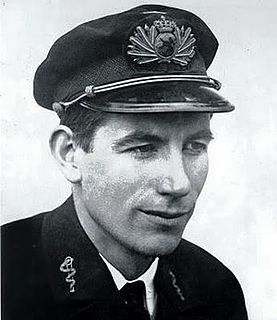
Jan Jacob Slauerhoff, who published as J. Slauerhoff, was a Dutch poet and novelist. He is considered one of the most important Dutch language writers.

Hendrik Marsman was a Dutch poet and writer. He died while escaping to Great Britain, when the ship he was sailing on, the S.S. Berenice, either suffered a fatal engine-room explosion, or was torpedoed by a German submarine which mistook Berenice for another vessel.
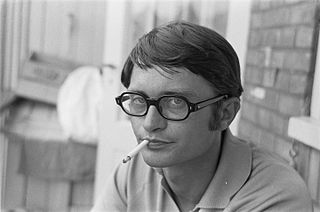
Remco Campert is a Dutch author, poet and columnist.

Paul Schnabel is a Dutch sociologist and as of 2006 the director of an agency of the Dutch government called Sociaal en Cultureel Planbureau, usually abbreviated as SCP. He is also professor at Utrecht University. Since 9 June 2015, he has been a member of the Senate on behalf of Democrats 66 (D66).

Charles Edgar du Perron, more commonly known as E. du Perron, was a famous and influential Dutch poet and author of Indo-European descent. Best known for his literary acclaimed masterpiece Land van herkomst of 1935. Together with Menno ter Braak and Maurice Roelants he founded the short-lived, but influential literary magazine Forum in 1932.

Bougainville: Een gedenkschrift is a novel by Dutch author F. Springer. Published in 1981, it won the Ferdinand Bordewijk Prijs in 1982. The novel is one of the author's most popular and was Springer's first big literary success. It is set in the nineteenth-century Dutch colonial past and contemporaneous Bangladesh, and is based on the experiences of the author, who grew up in the Dutch East Indies and was stationed in Bangladesh as a diplomat.

Herman Rudolf "Rudy" Kousbroek was a Dutch poet, translator, writer and first of all essayist. He was a prominent figure in Dutch cultural life between 1950 and 2010 and one of the most outspoken atheists in the Netherlands. In 1975 he was awarded the P.C. Hooft Prize for his essays.

Adriaan Roland Holst was a Dutch writer, nicknamed the "Prince of Dutch Poets". He was the second winner, in 1948, of the Constantijn Huygens Prize. He was nominated for the Nobel Prize in Literature.
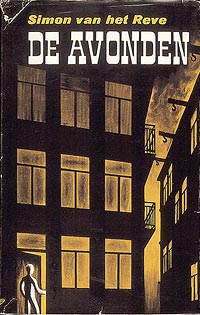
The Evenings is a debut novel by Dutch author Gerard Reve released in November 1947 under the pseudonym "Simon van het Reve". The full title of the book was De avonden: Een winterverhaal.
"Spijt" ("Regret") is a poem by Flemish poet Willem Elsschot. First published in 1934, the poem was reprinted in his 1957 collected works without the final verse paragraph, which contains a possibly controversial term for "woman". The poem, which expresses the guilt and desperate love felt too late by a son for the now-dead mother, is one of Elsschot's best-known works. The last line of the sometimes-omitted paragraph, "Dient het wijf dat moeder heet", has become an oft-cited phrase in Dutch to suggest the difficulty of serving and even portraying motherhood.
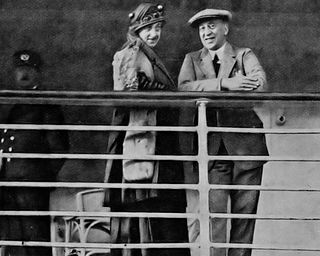
Elisabeth Wilhelmina Johanna (Betty) Couperus-Baud, was a Dutch translator. She was the wife of the Dutch writer Louis Couperus (1863–1923).

Oeroeg is the first novel by Hella Haasse. First published anonymously in 1948, it has become one of the best-known Dutch novels and a staple of literary education for many Dutch school children. The novel, a Bildungsroman, is set in the Dutch East Indies, and tells the story of an anonymous narrator growing up on a plantation in the Dutch colony West Java. His childhood friend is a boy of the same age, but of native descent. As the narrator grows up he finds himself becoming estranged from his friend, as a result of the political and racial circumstances of colonial life. After having served in the army during World War II, he returns to his native land, only to be told that this is not where he belongs, and that he must leave.

Klaziena (Ina) Boudier-Bakker was a Dutch writer of novels. Her most famous work is De klop op de deur, written in 1930.

Jacques Vriens is a Dutch children's author and playwright. He is known for his 1999 book Achtste-groepers huilen niet, which was adapted twice into film. Vriens formerly worked as a schoolteacher and has written for the show Tien torens diep. In 2001 he was appointed to the Order of the Netherlands Lion by former Queen Beatrix of the Netherlands.

Astrid Heligonda Roemer is a writer and teacher from Suriname living in the Netherlands. The Dutch-language author has published novels, drama and poetry, and in December 2015 was announced as the winner of the P. C. Hooft Award, considered the most important literary prize in the Netherlands and Belgium, which was presented in May 2016.

Jacob Julius Max Nord was a Dutch journalist, writer, and translator. He was one of the main editors of Het Parool, an illegal Dutch newspaper founded during World War II.
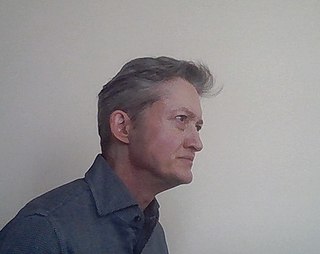
Maxim Februari, pseudonym of Maximiliaan (Max) Drenth, is a Dutch writer, philosopher and columnist.





















